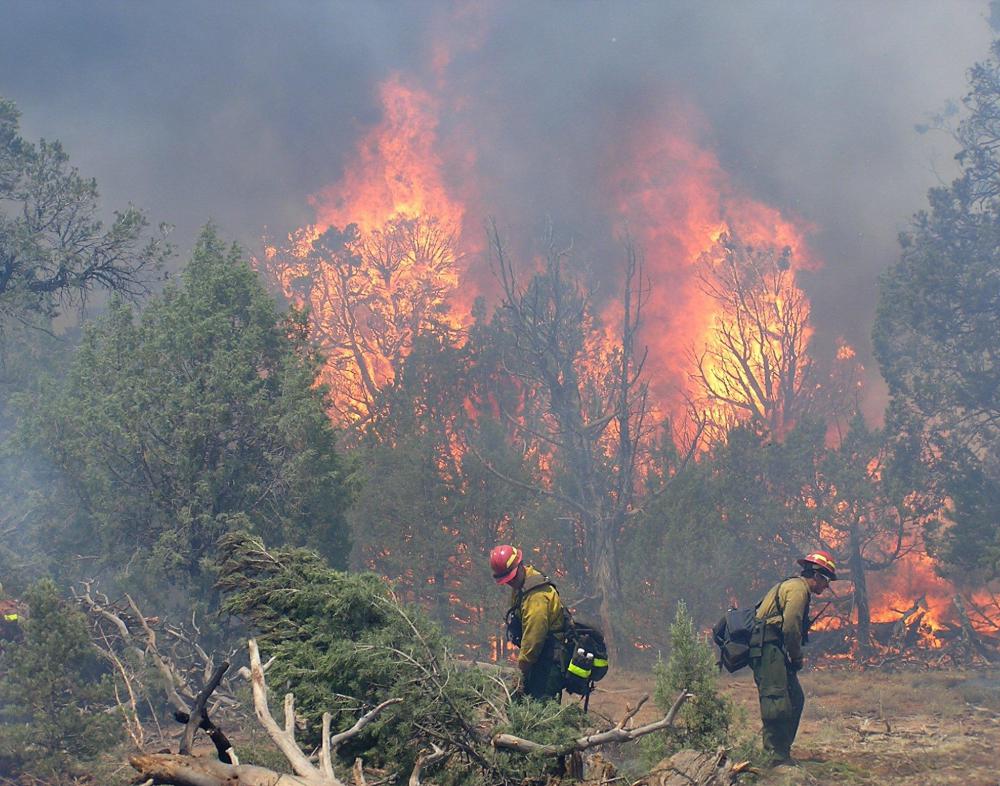At WiseGEEK, we're committed to delivering accurate, trustworthy information. Our expert-authored content is rigorously fact-checked and sourced from credible authorities. Discover how we uphold the highest standards in providing you with reliable knowledge.
What Are the Common Causes of Firefighter Fatalities?
Firefighter fatalities pose a significant risk to those men and women who choose to enter this dangerous profession. The most common causes of firefighter fatalities include heart attack and trauma, and asphyxiation and burns account for the third and fourth most prevalent sources of death. A number of local and national organizations, such as the United States Fire Administration (USFA), are dedicated to studying such incidences in the hopes that more information will lead to safer practices among professionals.
The leading causes of firefighter fatalities, although generally consistent, vary as there may be changes in the concentration of these tragic accidents from year to year. For example, according to the USFA, over the last 30 years, firefighter fatalities have ranged from 77 to 450 annually. Although, it is important to note that the peak occurred during the 11 September 2001 terrorist attacks that saw a dramatic loss of life among emergency personnel.

This organization also statistically broke down firefighter fatalities in terms of percentage of death as follows: heart attack accounted for 44%, traumatic injury led to 27% of deaths, while burns and asphyxiation combined to account for 20% of firefighter fatalities. These figures represent all data compilations made as of 2009. While heart attacks and burns are very specific, trauma is a much broader category of both internal and head injuries.

The nature of firefighting poses a great threat to a person's life. Physically, the strenuous nature of carrying loads of equipment into high-temperature environments may cause the onset of a heart attack in an unfit individual. For this reason, most firefighters must maintain a baseline of health; however, genetic and dietary factors may mask cardiovascular conditions in seemingly healthy individuals. Trauma is also, of course, a risk, as almost every aspect of a firefighter's environment could harm them. Collapsing buildings, flailing equipment, and sudden explosions all pose threats.

Burns and lack of oxygen, although seemingly uncommon at 20% of the combined causes of death in 2009, are of obvious concern in firefighter survival. Firefighters learn to deal with most of these issues during the training process, and they become more refined after the years of experience associated with on-the-job training. Better understanding the risks and causes of accidents among firefighters may help them develop a more comprehensive understanding of these root causes, which can help to maximize the safety of those in this protective service profession.
AS FEATURED ON:
AS FEATURED ON:














Discuss this Article
Post your comments